From phasing out Standard Text ads to the YouTube ads debacle–Google was busy in 2017.
If you’ve been working in AdWords every day, you’ve probably been impacted by several of the changes mentioned on this list.
If you haven’t even heard of these changes, it’s probably a good thing you’re here. (And make sure you subscribe to our newsletter to stay on top of Google news next year!)
We’ve rounded up 12 changes, big and small, that impacted advertisers in 2017.
1. Google Phases Out Trusted Stores, Introduces Google Customer Reviews
Just after we’d gotten done explaining why Trusted Stores matters and how to become one, Google migrated to Customer Reviews.
Customer Reviews apply to seller ratings eligibility and appear on Search and Shopping. In addition, sellers have the option to put a Customer Reviews badge on their website.

Sellers didn’t necessarily have to do anything, as accounts were migrated over to the new Customer Reviews automatically.
But in general, these changes highlighted an increasing emphasis on the importance of reviews to drive a sale. As we mentioned in the post, good reviews can improve click-through-rates, decrease cost-per-clicks, assist in boosting conversion rates, and otherwise strengthen credibility with the public.
Full story: What are Google Customer Reviews?
2. Google Landed in Hot Water During the YouTube Ad Controversy
What do Starbucks, Verizon, and Lyft have in common?
They all jumped the YouTube ad ship when Google’s ad placements were highlighted next to offensive YouTuber’s materials.
While you may have forgotten about this already, Google hasn’t. Some reports estimate this headache cost them $750 million in boycotts.

The Google YouTube ad placement controversy highlighted the fact human oversight is still a very necessary part of advertising online. Google responded by tightening up restrictions, but there’s only so much they can do with 300 hours of YouTube videos being uploaded every day.
Full story: Update on the Google YouTube Ad Placement Controversy
3. Google Launched Similar Audiences for Search and Shopping
We were excited when similar audiences for Search and Shopping came out–it was yet another sign that Google’s been taking note of Facebook’s powerful audience targeting options (think: Lookalike audiences).

Rather than relying on retargeting old customers, AdWords advertisers could now widen their scope to reach new audiences that are still slightly targeted based on existing remarketing list members.
Full story: Target New Visitors with Similar Audiences for Search & Shopping
4. The Merchant Center Got a Makeover
The product feed isn’t really exciting. In terms of advertising, optimizing your feed is like a trip to the dentist–you have to do it, but you’re not jumping for joy over it (unless you work at CPC, obviously).
So when Google introduced a new Merchant Center Feed experience that makes the whole feed uploading process easier–particularly for those who use feed plugins such as Shopify or Bigcommerce and don’t have much control over editing labels and promotion IDs–we were pretty happy.

According to Tien Nguyen, “This new process should allow for a greater ability to have more control over the important aspects of the feed that they didn’t previously.”
Sounds good to us.
Full story: Google Introduces a New Merchant Center Feed Experience
5. Standard Text Ads Got Phased Out
This one didn’t come as a huge surprise, as Google is always trying to make improvements to the ad interface and user experience. Google announced Standard Text ads would still exist, but they were no longer editable after the 31st of January.

It was a pain for a lot of advertisers who hadn’t started using Expanded Text ads or the Responsive format, and had to learn how rather quickly.
But in the long run, Expanded Text Ads offer far more than a Text Ad–for instance, two headline fields and better mobile optimization.
Full story: Standard Text Ad and GDN Text Ads Deprecation Starts in January
6. Google and Walmart Partnered Up to Compete With Amazon
In 2017, Google and Walmart teamed up to provide Walmart products through Google Express, Google Home, and Google Assistant. It was a little weird, but not unexpected.
Conversational commerce–where consumers make purchases via their voice devices–is mainly dominated by Amazon. Up to that point, Amazon hadn’t really tapped into the grocery space, but when Amazon also acquired Whole Foods, there’s no doubt others (including Walmart) started sweating.
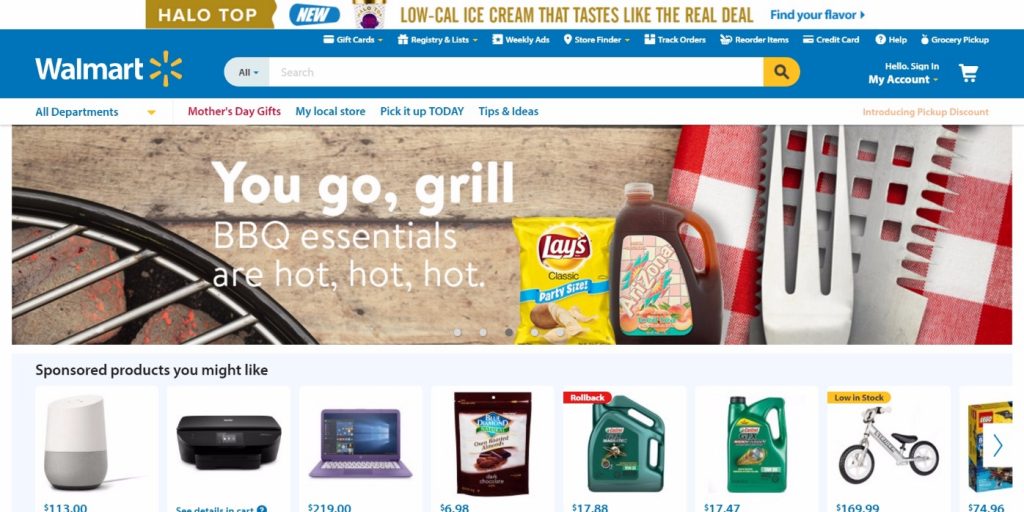
Walmart took action, and of course Google was their first option. TBD on what conversational commerce will look like for Google in 2018.
Full story: What Can We Expect From the Google & Walmart Partnership?
7. Google Got Into the Home Service Ads Game
Google took a note from Amazon’s book this year and expanded further into new industries. It makes sense, as Google already owns the local SERP, to offer a better ad selection for the local handyman or home cleaning agency.
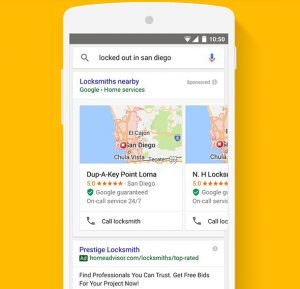
As we mentioned in the post, home service ads hold prime real estate just above organic results, and they make it easy for users to find, vet and contact businesses—both from their phones and from desktop devices.
It’s only available in select cities for now, but very promising.
Full story: What are Google Home Service Ads?
8. Google Built a Tool to Help You Make Better Landing Pages
No, it’s not just another landing page tool.
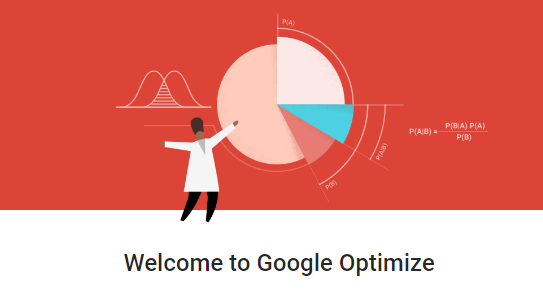
This A/B testing tool integrates with Google’s own AdWords and Analytics platforms, allowing you to create and test landing pages tied to specific keywords, ad groups, conversion goals and campaigns.
Definitely worth a test for advertisers who can’t seem to get the relevancy score up on their ads.
Full story: Can Google Optimize Help You Create Better Landing Pages?
9. Google Made Big Announcements Around Machine Learning
Machine learning was generally a big topic in advertising this year. Google announced three machine learning features for advertisers that promised to reach consumers with more useful ads at just the right moment.
We already mentioned one of Google’s big announcements, their Optimize tool. However, they’re tackling more than just landing pages.
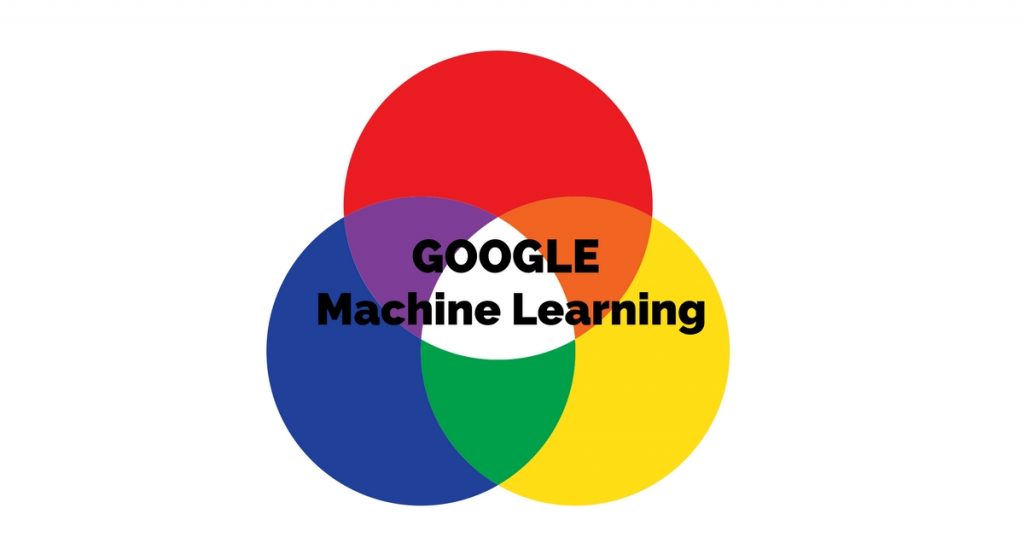
Attribution has historically been an issue for online advertisers, and Google’s made progress there too, using machine learning. Interest piqued? Read the post.
Full story: 3 New Google Machine Learning Features For Advertisers
10. Google Introduced New Smart Display Campaigns
You provide the images and logos, Google offers the technology (automated bidding, automated targeting, automated ad creation) to make ads look great.
Smart Display ads can also blend into publisher’s websites as native ads, giving you impact that standard ads may not.

“According to Google, advertisers who use Smart display campaigns are seeing an average 20% increase in conversions at the same CPA, compared to their other display campaigns.”
Full story: Automate & Personalize Ads with Google’s New Smart Display Campaigns
11. Google Quietly Rolled Out Automatic Item Updates
This was a relatively quiet update that confused a lot of advertisers.
In October, Google sent out two emails to their Google Shopping Merchants, both referencing something called “automatic item updates.”
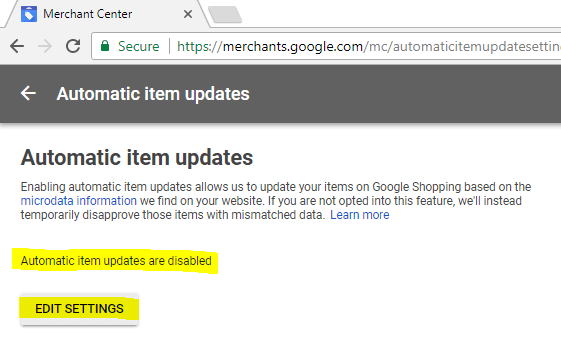
Automatic item updates pull from structured data markup on your site to surface accurate prices and availability on the SERP if your Shopping feed doesn’t accurately match your website’s product data.
Advertisers could just let Google roll with the Automatic Updates, or turn it off. Either way, Google’s motive was simply to ensure that your website information matches your ads–a best practice in general.
Full story: Get an Email About Automatic Item Updates? Here’s What Google Actually Means
12. View Through Conversions Showed Up in Google Shopping
We’re not just advertisers, we’re also consumers–so we all know that no path to purchase is linear. We might bounce from our iPad to phone to desktop all in the span of one day, and encounter ads of all kinds along the way–many of which we don’t interact with, but that may influence our decisions to buy later.
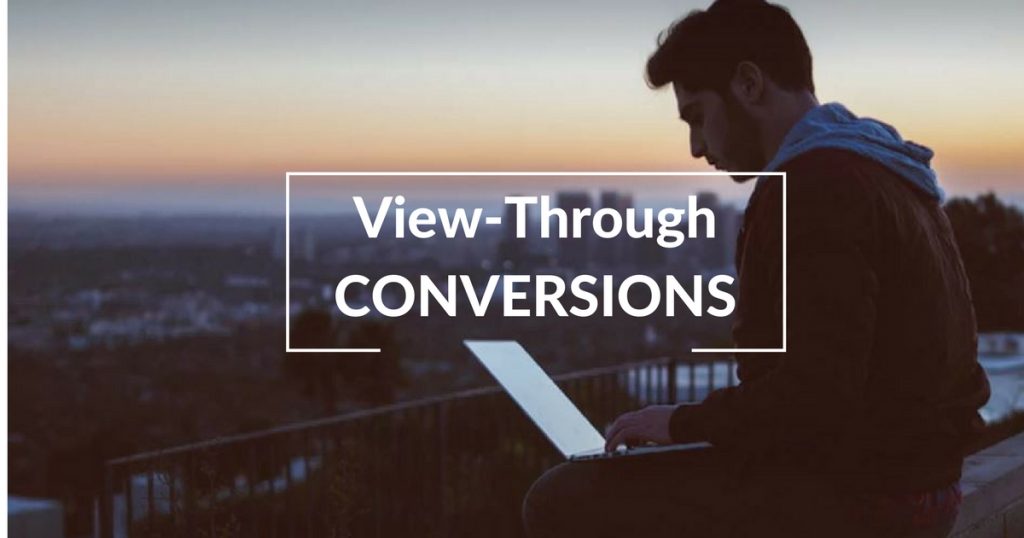
Needless to say, it’s difficult to attribute credit to an ad type when it’s due. The new View Through Conversions column was introduced to tell you when a customer saw but didn’t interact with your ad, but then completed the purchase on your site later.
Full story: View-Through Conversions Now Available in Google Shopping
Stay tuned for our AdWords predictions post for 2018!
You Might Be Interested In












